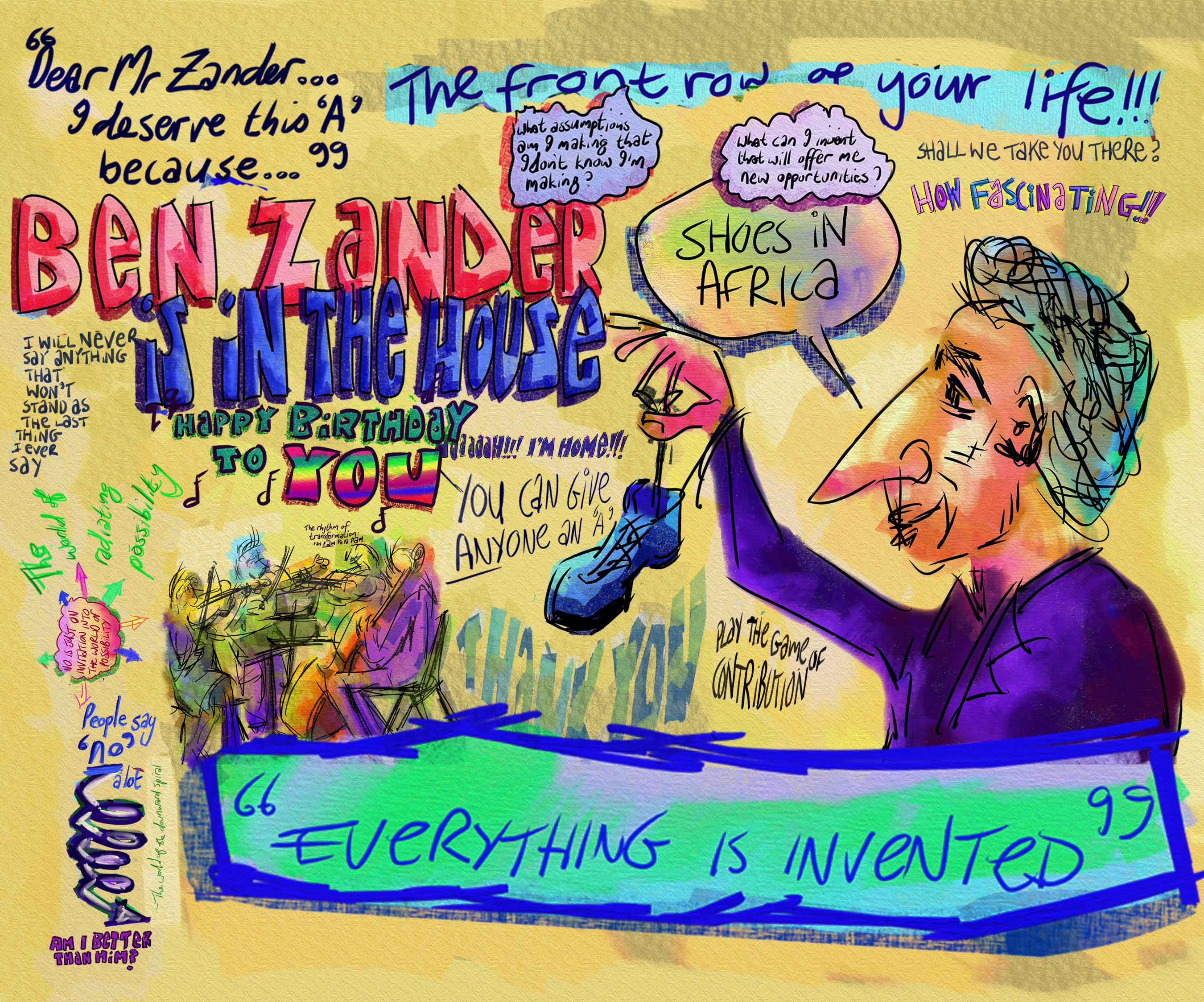Much about the Japan’s earth quake and tsunami is being recorded and seen. Given the proliferation of cameras, this event is perhaps as close to real for rest of the world as can be experienced virtually. The tenacious Japanese will quickly recover or recreate the property damages, but nothing can compensate for the precious lives lost in one of Nature’s worst outrage.
In the middle of all the oohs, aahs and wows, there is also wide recognition of both Japan’s preparedness, as well as it’s disaster relief efforts. Anything man-made is “no more than a dust in the hands of Nature” so we may never perfectly design a building or a city or a relief operation, but the Japanese have absolutely demonstrated what superior engineering, thoughtful planning, religious preparation and most importantly, careful execution, by authorities as well as citizens, can do to minimize loss. We don’t have to make a big deal out of it at the moment, but given the scale of nature’s double whammy we must soon recognize that it is Japan’s design prowess, strict adherence to engineering codes, and earthquake drills that saved more lives than what eventually will have been lost. Obviously, the rest of world got a wake up call and has been keenly watching to learn from every second of Japan’s experience.

Calmness in Chaos
Personally, my siblings and I have long been admirers of Japanese for their culture, work ethic and determination. Growing up in southern India, we lived in a very old house with toilets detached from the house out in the backyard and so we had to walk a bit to answer nature’s calls. No offense, we actually named our toilet as, you might guess, “Japan!”. We used to yell “I am going to Japan!!!” before we ran through the back door. That was a silly-but-serious way for the siblings to keep the fascinating Japan accessible to ourselves.
Call it luck or destiny, my brother-in-law was a scientist in Japan (incidentally researching earthquake resistance of specialized concrete) and so my sister moved to Tsukuba shortly after they got married. Later, my parents too had a chance to visit Japan. All of them have nothing but admiration for this great country, its heritage and its people. No country is without shortcomings but what I heard again and again was Japanese were hallmarks for politeness, discipline, sincerity and mutual respect for fellow humans and nature.
A few days after the earth quake, I stumbled upon a personal blog written by a non-Japanese guy living somewhere in Japan. He had shared his first-hand perspectives of the post-earthquake events having experienced Japan and its culture more closely than average foreigner. Knowing that my family would better relate to this guy’s observations, I shared the article with them and my brother-in-law had this to say in response…
The preparedness of Japanese has always kept me mesmerized. Right from controlling air planes to picking up rags, these people do a perfect job. Guess, God must have put hard disks and artificial intelligence in them rather than neurons and tissues.
The other day i was talking to one of the Indians friends in Tokyo inquiring about their welfare. She told that the Japanese were simply adorable during such an havoc. It seems, they still greeted each other the same way and was ready to help this Indian friend of mine as if it was another normal day.
My dad responded with a beautiful poem written by 12-year old Rohith, who lives next door to my parents in Coimbatore…
Hit by tsunamis and earth quakes
Nuclear meltdowns and flooded lakes
Japan has suffered more than what it takes
To bring the earth down.
This is our little prayer
Its not much but it is larger
Than the ignorant layer
Of people who don’t care
Oh God! please save those people
Survival of the feeblest of the feeble
All the dead , they should be able
To reach heaven without fail.
To restore it to the ultimate peace
From the bullet trains to the bonsai trees
And to bring it all in one piece
You have to help them god, to make it through
I am not at all surprised that there has been no looting or public unrest in Japan. The Japanese hold their culture to highest levels of integrity – more so during times of disasters. I see no point in comparing them with other citizens across the world who looted their own cities amidst natural or man-made disasters. Many countries have similar values but only in Japan every citizen takes their cultural values to their heart and souls.
I join Rohit in wishing the Japanese further strength and resilience to “restore to its ultimate peace, everything from the bullet trains to the bonsai trees”








 I am in the middle of reading
I am in the middle of reading